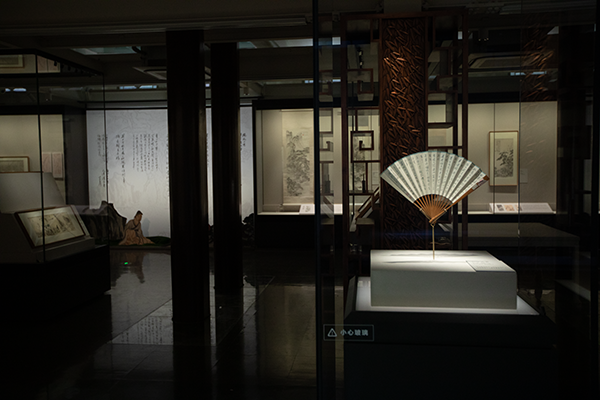Gansu province

Gansu Provincial Museum
The Gansu Provincial Museum, located on the banks of the Yellow River, is a local history museum renowned both home and abroad for its collection of relics, fossils, and almost 80,000 works of art. Its most unique artifacts include painted pottery from the Neolithic Age, fossils of ancient creatures, wooden and bamboo strips from the Han Dynasty (206BC-220AD), documents, Silk Road treasures from the Han to the Tang Dynasties (618-907), and Buddhist artworks. Click the link to learn more about the Gansu Provincial Museum

Majiayao Site (Neolithic)
Located in Majiayao village, Dingxi city, Gansu province, the Majiayao Site is a cultural site dating back to the mid and late Neolithic Age (5,200 -4,200 years ago). It was discovered by the Swedish geologist and archaeologist Johan Gunnar Andersson (1874-1960) in 1924. A great number of painted pottery vessels representing Chinese culture in ancient times were excavated at the Majiayao site. It provides important information for exploring the social structures and complexities of the Majiayao settlement. In 1988, the Majiayao Site was rated as a national foremost protected cultural heritage site.
Qijiaping Site (Neolithic)
Located in Linxia Hui autonomous prefecture in Gansu province and covering 1.5 square kilometers, the Qijiaping Site is a Neolithic site and a national foremost protected cultural heritage site. Houses, caves, tombs, production tools and utensils - including stone tools, pottery, bones, and jade - were unearthed at the site. In addition, a bronze mirror found at the Qijiaping Site is the earliest bronze mirror discovered so far in China.




